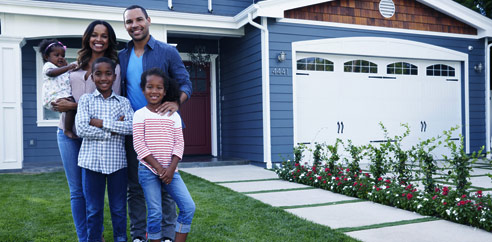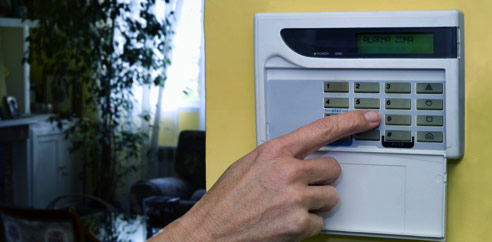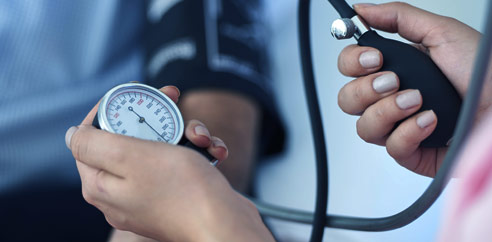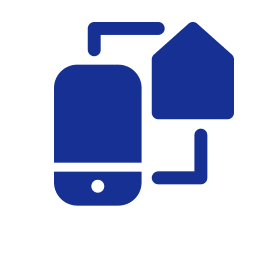Do You Have a Family Emergency Evacuation Plan?
 Do your loved ones know what to do if a fire breaks out in your home in the middle of the night? What if there’s a hurricane or Nor’easter and your family members aren’t all together in one location? Does everyone in your family know what to do in these different emergency situations? How to contact each other? How to get back together? Who to call? Where to meet?
Do your loved ones know what to do if a fire breaks out in your home in the middle of the night? What if there’s a hurricane or Nor’easter and your family members aren’t all together in one location? Does everyone in your family know what to do in these different emergency situations? How to contact each other? How to get back together? Who to call? Where to meet?
While a home fire alarm system is the best defense against protecting your family in the event of a fire, you also need an emergency plan to ensure your family is safe and secure during a disaster.
The fact is most people panic when disasters strikes. If you’re like the rest of us, you think you’ll know what to do in an emergency. However, that’s just not the case. Without a plan, it’s tough to know what everyone else in your family is going to do. A well-thought-out emergency plan will help you and your family members get back together, get help and increase the chances that everyone will survive.
The following five tips will help your family prepare for a disaster:
1. Plan Your Escape Routes, Specify Meeting Places: Think about the best ways to leave your home if there’s an emergency. Identify at least two ways out of each room and write them down. Then designate places where your family can meet–one outside your home, another outside your neighborhood, and one outside your town in case of a major disaster.
2. Identify an Emergency Contact: Designate a friend or relative who lives out-of-state for household members to notify that they are safe. It may be easier to call a long-distance contact than one on the other side of town in the event of a local or regional disaster. During an emergency, each family member should call the contact who will communicate the pertinent information to other family members.
3. Decide Where to Go if You have to Evacuate: In the event you’re forced to leave your home, plan where you will be go and what route you’ll take to get there. For example, you could go to a friend or relative’s home, a motel/hotel or even an emergency shelter.
4. Prepare an Emergency Supply Kit: Your Emergency Supply Kit should last your family for at least three days. It should consist of emergency supplies and materials that to make you and your loved ones as comfortable as possible. Keep this kit in a designated place in your house. Because some items may be perishable, you have to check the expiration dates periodically.
Your emergency kit should contain, in part:
- One gallon of drinking water per person per day
- Non-perishable, ready-to-eat canned foods and manual can opener
- First aid kit and any necessary medications
- Flashlight
- Battery-operated AM/FM radio and extra batteries
- Personal hygiene items: soap, feminine hygiene products, toothbrush and toothpaste, etc.
- Child care and pet care supplies
5. Plan for Your Pets: Because of health regulations, most emergency shelters can’t accommodate your pets. So plan ahead to ensure your pets are cared for during a disaster. You could take them to your vet’s office, the home of a relative or friend or an animal shelter.
Remember, family emergency plans are critical to ensuring your family’s safety and security during a disaster.
Next Steps:
- Subscribe to our blog to stay informed about the latest security news and insight.
- Stay up to date on security topics such as home alarm systems, business security systems, video surveillance systems, IP video networks, remote video monitoring, fire alarm systems, and fire alarm inspection.

















